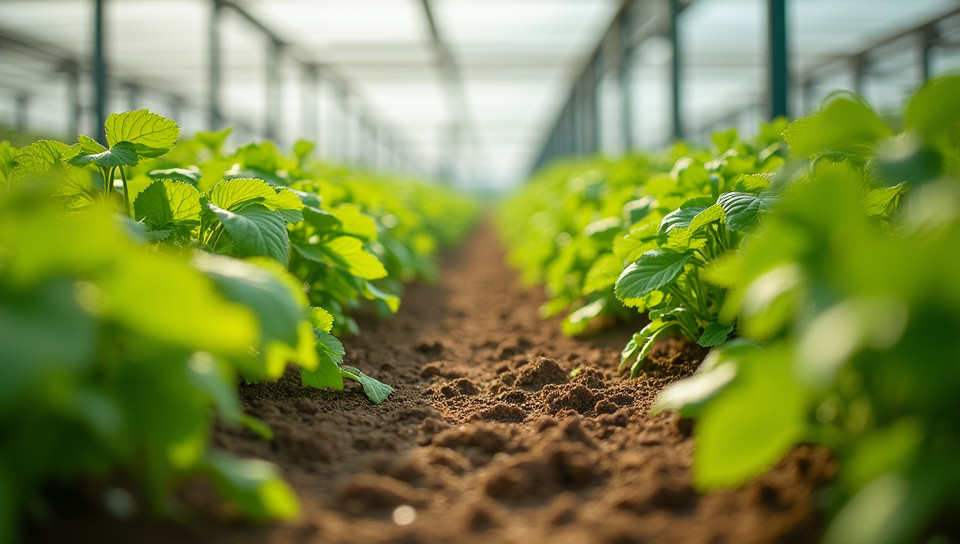Hydroponic crops may lack flavor compared to conventional produce 75%

The Flavor Conundrum: Hydroponic Crops vs Conventional Produce
As consumers become increasingly interested in sustainable and locally grown produce, hydroponics has emerged as a popular alternative to traditional farming methods. However, one question remains: do hydroponic crops live up to the flavor standards of their conventionally farmed counterparts?
The Science Behind Hydroponics
Hydroponics involves growing plants in a nutrient-rich solution rather than soil. This method can increase crop yields and reduce water consumption, making it an attractive option for farmers looking to reduce their environmental footprint.
Advantages of Hydroponic Crops
- Lower water usage
- Increased crop yields
- Reduced land use
- Ability to grow crops year-round
However, some experts argue that the unique growing conditions in hydroponics can affect the flavor and nutritional content of crops. Let's dive deeper into this topic.
The Flavor Factor
One major difference between hydroponic and conventionally farmed produce is the nutrient uptake process. In traditional farming, plants absorb nutrients from the soil through their roots, while in hydroponics, they are fed a precise blend of nutrients directly. This can lead to variations in flavor and nutritional content.
Growing Concerns
- Lack of beneficial microorganisms: Soil contains a diverse array of microorganisms that contribute to plant health and flavor.
- Limited nutrient cycling: Hydroponic systems often rely on synthetic fertilizers, which can disrupt the natural nutrient cycle.
- Unnatural growing conditions: The controlled environment of hydroponics can lead to stunted root growth, affecting the plant's ability to absorb nutrients.
Conclusion
While hydroponic crops offer numerous benefits in terms of efficiency and sustainability, their flavor may not live up to that of conventionally farmed produce. By understanding the differences between these two growing methods, consumers can make informed choices about the types of produce they choose to buy. As the demand for locally grown, sustainable produce continues to rise, it's essential for farmers and producers to prioritize flavor and nutritional content alongside environmental sustainability.
- Created by: Veronika Lysenko
- Created at: Feb. 1, 2025, 3:11 p.m.
- ID: 19869




